Looking back at it now, it might seem like Howard Jones was the epitome of confidence as he made Dream Into Action. The 1985 album by the British pop maestro seemed to have endless legs, spawning four Top 20 hits in the UK and US. Even one of the album cuts, “No One Ever Is To Blame,” eventually became a massive single thanks to a modified version.
Videos by American Songwriter
But, in truth, Jones felt intense pressure at the time to follow up his successful 1984 debut Human’s Lib, as he explained to American Songwriter in a recent interview to commemorate the 35th anniversary of Dream Into Action. “I was in a state of complete panic, because I had nothing at all,” he says. “The only thing that I did have was a lot of excitement going on. We were doing huge shows and people were buying the records. Yet I was still panicking that I had to outdo that first album.”
Jones decided to channel his panic into hard songwriting work. “I had a little writing setup on the road with me. I just had it set up in the dressing room every day by my great road crew. And I would just be writing songs. I’d make a cassette of them and take it onto the bus and play them for the band. And see what kind of reaction I was getting.”
“I was really desperate to do a great album with the second album. I didn’t want this to end after the first one. When you’re on the road and you’re playing to great audiences every night, it is quite inspirational to be writing if you can get your head round it. There’s a lot of energy around.”
To increase the degree of difficulty, Jones took on all the songwriting duties after using co-writers on his debut. “I was confident in what I wanted to say and how I wanted to go about it,” he explains. “And I knew I was going to be recording it with (producer) Rupert Hine and (mixer) Stephen Tayler. I felt confident but nervous at the same time. My big thing was, and I don’t think it was the same with a lot of artists at the time, but I really wanted to have my songs on the radio. It was more important to me to have at least a few of them played on the radio then to sell so many records.”
“A lot of bands thought it was uncool to be on the radio, but not me. I’d grown up with the radio, and I’d been nourished by the music that I had heard on the radio. I didn’t have any other way of accessing it. So it was really important for me to do that.”
Jones is often described as an electronic artist due to his reliance on synthesizers. But, with Dream Into Action’s smash leadoff single “Things Can Only Get Better,” Jones showed that electronic music could swing and swagger as well any rhythm section you could name. “I’ve always been into groove,” he says of the song. “I didn’t come from the Kraftwerk school of electronic music. I’m a big fan of them, but I never was really influenced by them until much later in my life. My influences were more so from the 70s, people like Keith Emerson, Stevie Wonder and Paul McCartney. Grooves from Stevie, great instrumental hooks from Keith Emerson, who wrote epic tunes.”
“My music was a contemporary sound. It didn’t really sound like pure electronic music. I used sampled brass on ‘Things Can Only Get Better,’ but we also got a real brass section in as well to play. And also, we wanted to have fantastic backing vocals in there, so Afrodiziak, who ended up touring with me, came in and sang amazing backing vocals for me. The bass line was played on an emulated synth. I really like those funky bass lines from the 70s. It’s a real mashup of influences, I think.”
Hits like “Things Can Only Get Better” and “Life In One Day” espoused positivity, something that Jones always hoped to achieve with his music. “I set out to write music that would uplift people and help in situations where things are going wrong, like it does for everyone. To get them to think, ‘Things aren’t going very well, but I can turn this around. Give me another 48 hours and I’ll be over this hump and I’ll be able to be firing on all cylinders again.’”
“That’s always been at the back of my mind. That’s what I wanted to put out there. Because there is plenty of music that is quite depressing and quite sad. And there’s definitely a role for that, because people need to know that everyone has those feelings. But my thing was I want the music to uplift people and encourage people to keep going and not be defeated by problems and difficulties in life. And when you get over that, live a joyful life.”
But Dream Into Action is not all sunshine and roses, as dark, enchanting tracks like “Elegy” and “Assault And Battery” make clear. “It’s definitely part of my writing,” Jones says of this material. “Those songs dealt with much more difficult subjects. There’s the stuff that gets played on the radio that people know you for. The fans, they know there’s a lot more to it. They know there’s a few more dimensions going on in the records.”
One of those songs on the album roiling with troubled emotion was “No One Ever Was To Blame.” You might know the hit version, but you might not know the first take that came before a fellow 80s pop star got his hands on it. “The fans always prefer the original version on Dream Into Action,” Jones says. “It’s much more sparse and a little darker. It’s quite emotional. I thought it was a killer song. And I thought it could do really well on the radio. So I pushed for another version of it, because you couldn’t really hear (the original version) on the radio.”
“I’d worked with Phil Collins on the Princes Trust concert, so I’d got to know him. It wasn’t set up by our record companies in the background. I knew Phil and I really liked him so I sent him the song. And he was really up for doing a different version with a different take. It really worked out for me because it was my biggest hit in America.”
Jones says that, as a songwriter, he’s able to write the upbeat songs because of his own ability to access the other side of the coin. “I’m very familiar with the negative side of myself, the side that’s cynical and sees problems and says, ‘I’ll never be able to get anywhere now that this terrible problem has happened.’ That’s why I can write the songs that are being the opposite of that. Because I’m not saying that life is easy for anybody. It’s not. Even the most successful and amazing people on the planet have had to struggle with huge problems and difficulties.
“But it takes only one person, or maybe one piece of music on the radio that’s whispering in your ear, ‘You can do this, you can get through this and you can win through this difficult time,’ to help. I’m always conscious of that and aware of that.”
The uplifting messages of the hits of Dream Into Action dovetailed with Jones’ forward-thinking approach to the music, something he still holds today (check out his excellent 2019 album Transform for more evidence of this.) “I think the role of the artist is to break new ground, but still for it to sound familiar at the same time,” he says. “I hear young artists sort of copying their heroes, maybe even doing great versions of their heroes. But I really think the function of the artist is to be breaking new ground for your generation and to be moving forward all the time. And not looking back. I’ve always tried to have that philosophy.”
“You know you have to take risks when you do that. Just looking forward is important. And maybe that’s why those songs have stood the test of time. There are still young people discovering them and they think it’s a new band. I’m so happy with that.”
Jones is currently exploring his catalog on tour with a unique stripped-down approach. “I’m playing with two of my best friends. I’ve worked with them through the decades. Nick Beggs who was in a band called Kajagoogoo and is an unbelievable artist in his own right, and Robin Boult, who is my dream guitarist. We soundcheck every day, and that’s the time when we do the R and D on the songs. We change things, we tweak the arrangements, we try different grooves. It brings out new things in the songs.”
“The fans are really, really loving it. They know that we’re taking some risks there by playing it live in these different ways. And I think that’s part of the message: Don’t be stuck. Have a fresh take on things. Keep looking forward and trying new things. And I think you can say that in the way that you play the music.”
While Howard Jones keeps looking forward, he’s excited that others are just discovering the music from Dream Into Action for the first time. “I’m absolutely thrilled because that’s what I dreamt could happen,” he says of the album’s enduring popularity. “Recently I had a song (‘Things Can Only Get Better’) in Stranger Things, which is one of my favorite shows and is set in the 80s. And it was also in Watchmen and Bumblebee. You feel like those songs have got into the culture. And they define a feeling and a sound and maybe a time as well. I’m proud of that.”

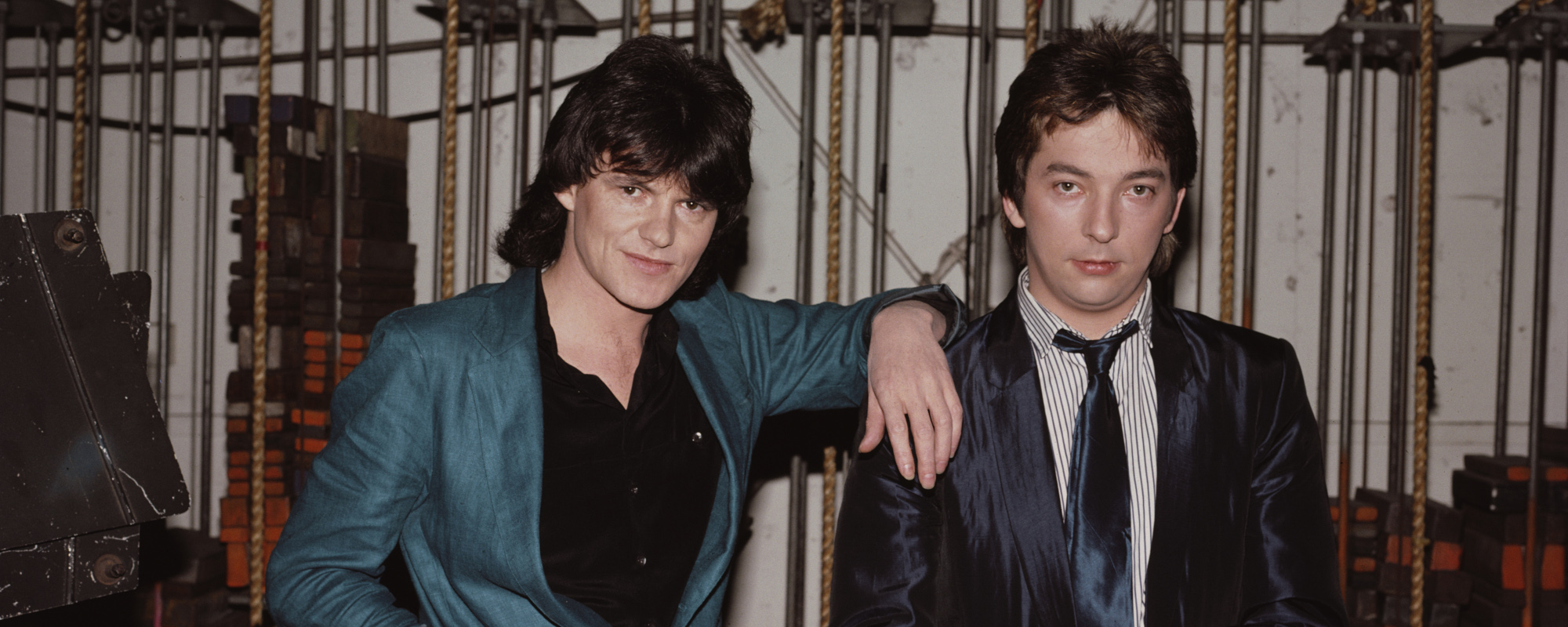
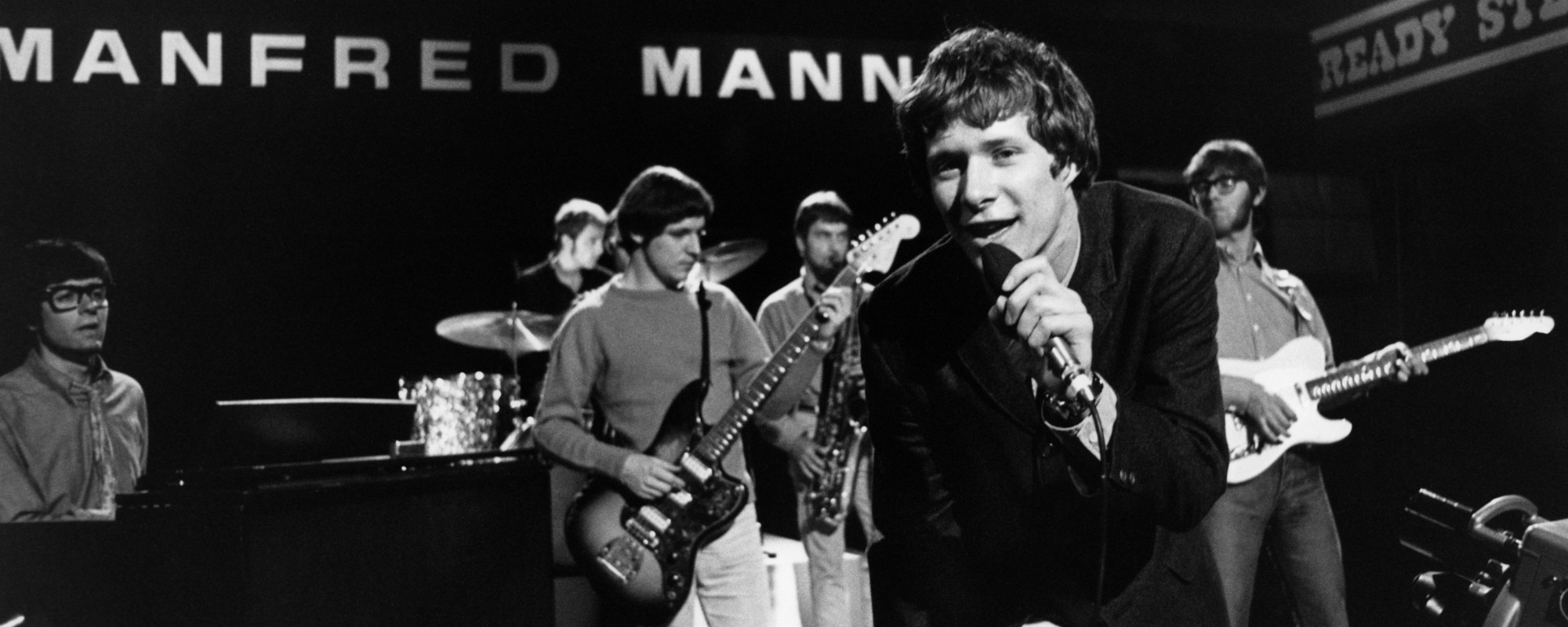
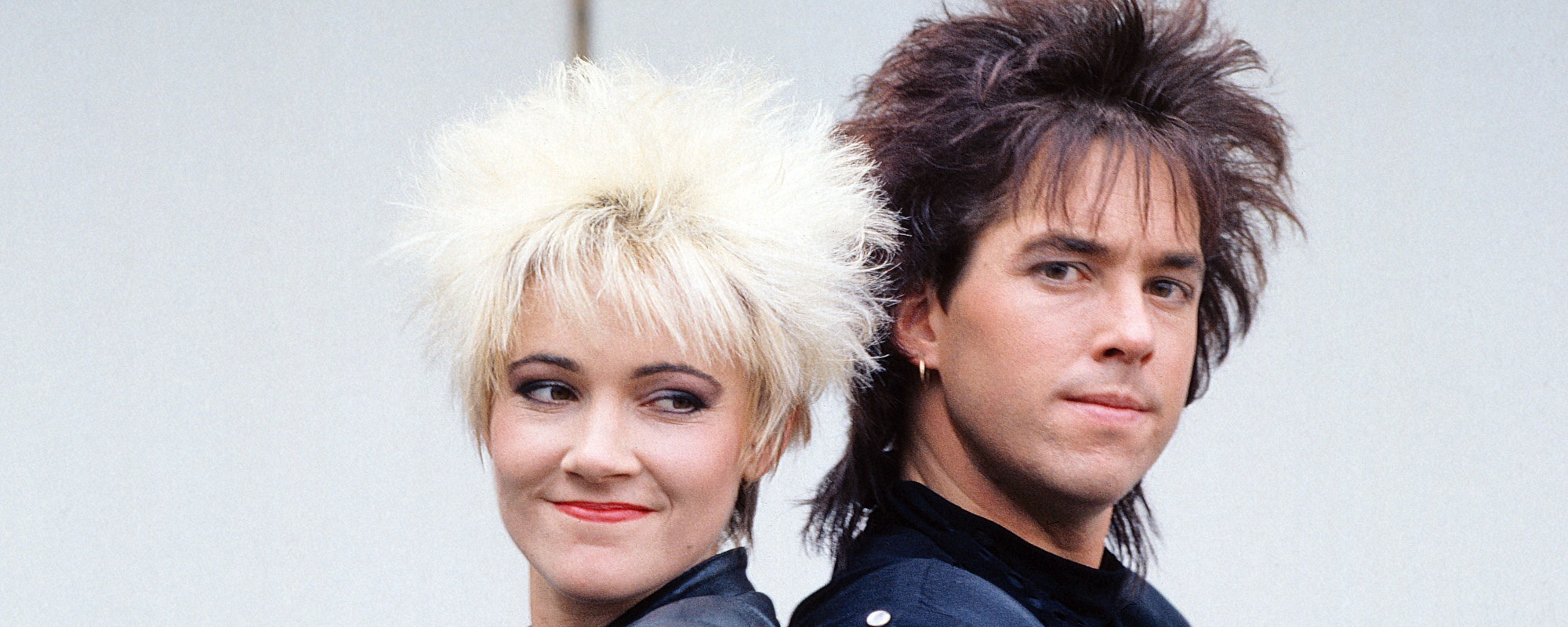
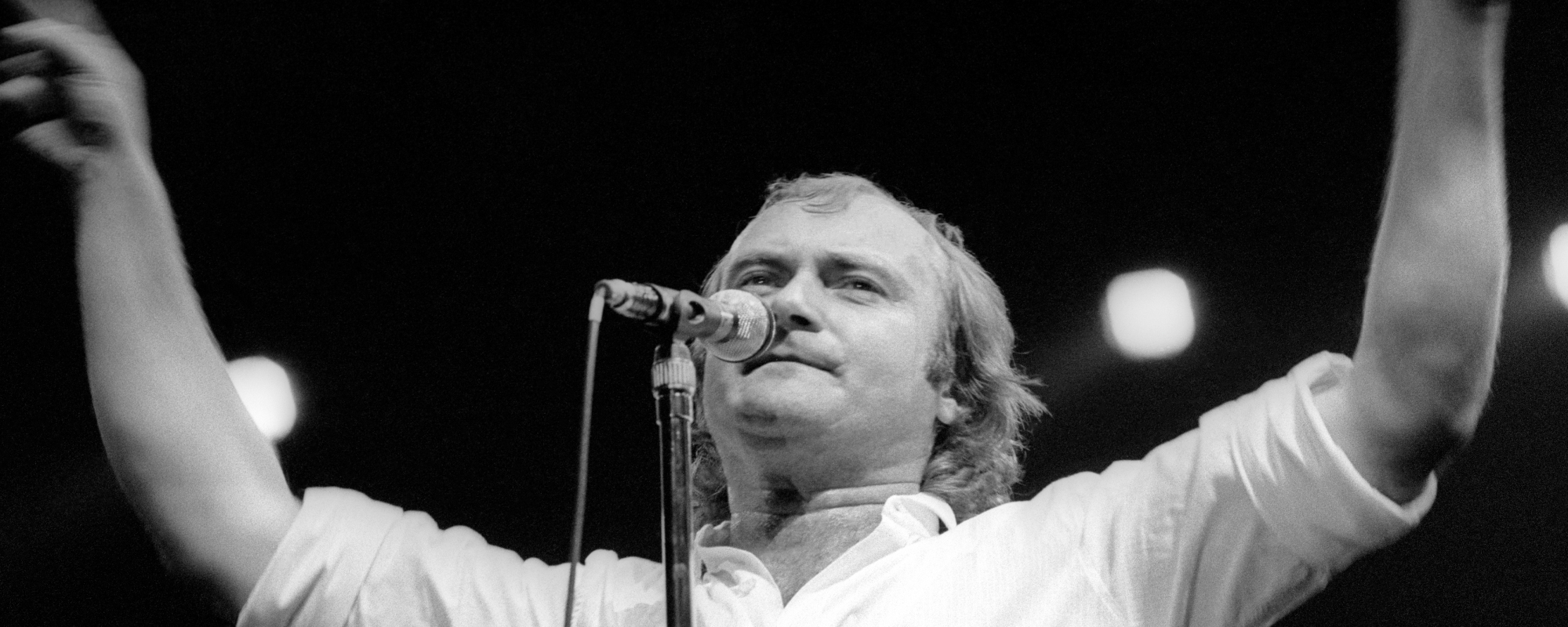
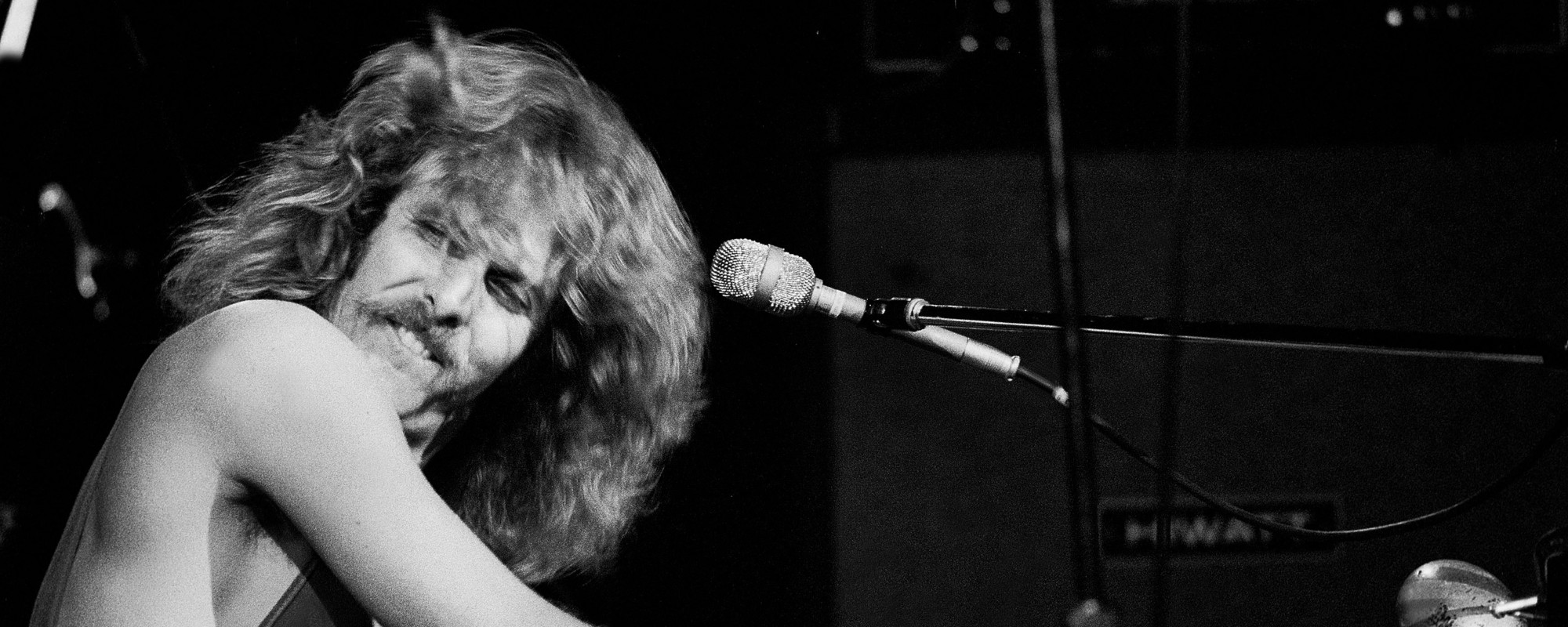

Leave a Reply
Only members can comment. Become a member. Already a member? Log in.